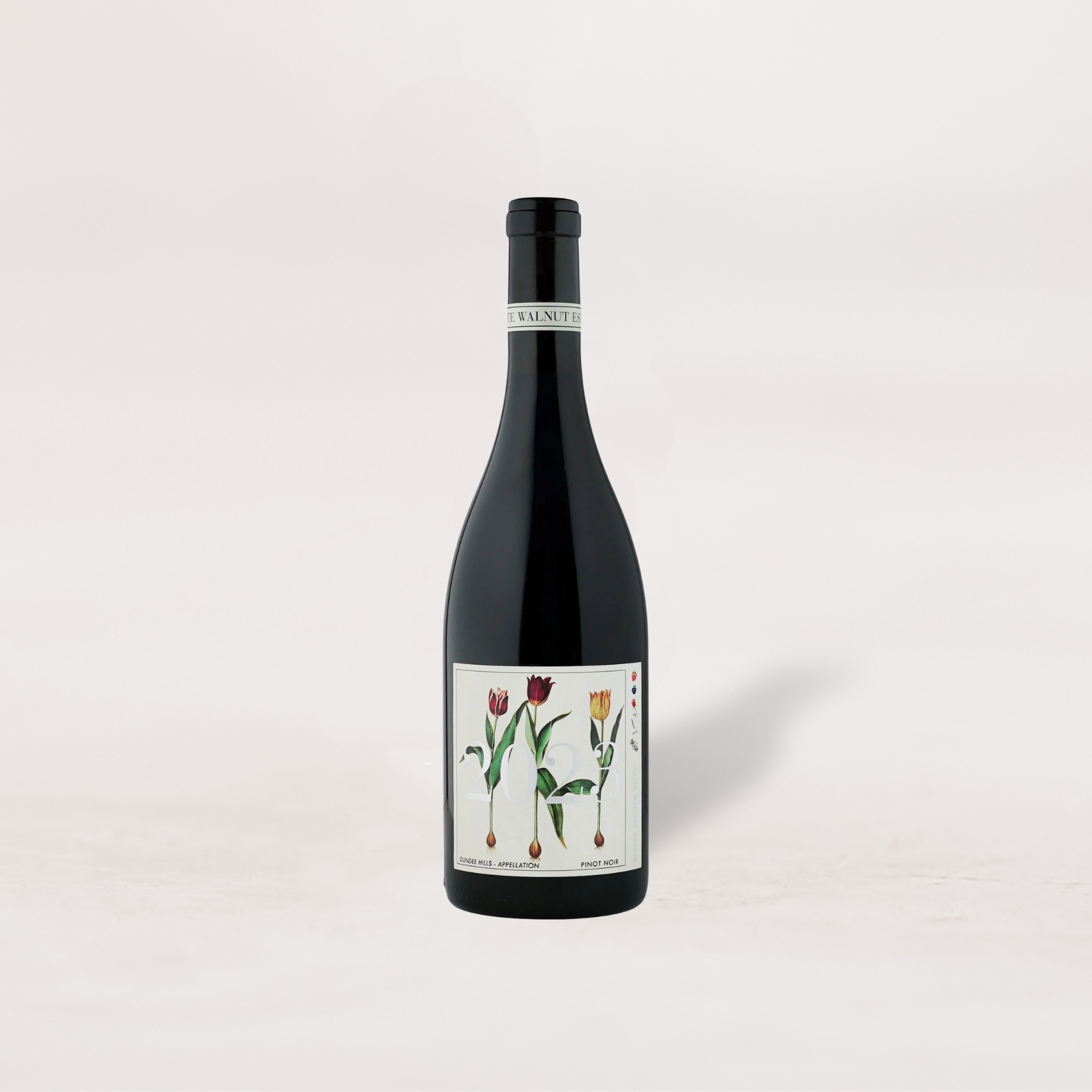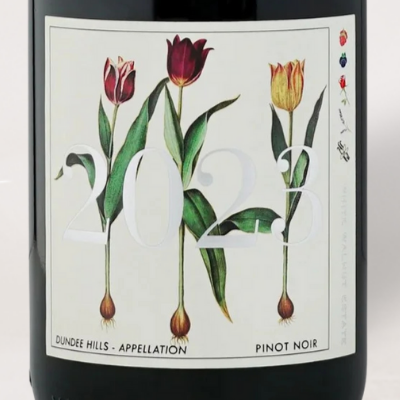Chris Mazepink spent nearly 25 years making other people's dreams come true. At Shea Wine Cellars, he grew production from 2,400 to 6,000 cases. At Archery Summit, he crafted wines that defined Oregon Pinot Noir for a generation. But all that time, he was collecting—not just experience, but actual clonal selections from the best blocks he encountered, carried in his back pocket if you will, waiting for the right moment.
That moment came in 2013 when he found an abandoned walnut orchard on Dundee Hills’ eastern slope, just downhill from Domaine Drouhin and Archery Summit. The property had been neglected for generations, completely overgrown with things like blackberry and scotch broom.
Together with his sons Archer and Charles, they cleared the land by hand in 2014—backbreaking work that connected them to every square foot of soil. They preserved some of the 70-year-old walnut trees that gave the property its name, then planted something extraordinary: not a single clone of Pinot Noir, but a massale selection featuring many different clones—Dijon selections, heritage clones, and those precious “suitcase clones” he'd been collecting for decades.
The philosophy was radical for Oregon: plant everything together, pick everything together, ferment everything together. Just let the vineyard express itself as a unified voice, with each clone contributing its own note to the chorus. Different cluster morphologies, different ripening patterns, different flavor profiles—all singing together.
WHY YOU'LL LOVE IT
The Suitcase Clone Story: This isn't corporate Pinot made from catalog clones. It's 25 years of Chris's favorite clones from across Oregon, all growing together in one magical, 6-acre plot he cleared himself with his sons and farms biodynamically.
Consensus: When both Suckling and Decanter give 97 points, and Jeb Dunnuck 96, that consensus means you're looking at one of the wines of the vintage. This is priced like village Burgundy but drinks like Grand Cru.
Massale Magic: So many clones co-fermented create complexity you can't achieve any other way. Some bring acidic structure (Pommard and Wadenswil), some bring deep dark fruit (e.g., 777, Calera) and they all bring perfume. It’s a fascinating approach that not many are taking, anywhere.
Built by Hand, Built to Last: From clearing brambles by hand with his sons, to certified biodynamic farming, to ancient fermentation vessels, a lot of sweat equity went into these wines of energy and life. Mazepink is one of the good guys and he’s only getting started.
HOW TO SERVE IT
Serve at 58-60°F in Burgundy stems.
Drink now through 2035. While it's seductive today with its raspberry and cranberry fruit, those heritage and suitcase clones provide serious structure for the long haul.
Perfect with duck, seared porcinis with hazelnut butter, or cedar-grilled salmon: classic Oregon pairings. But this wine has the depth and complexity to handle aged beef or even game.











